Microfiber optic cables are a specialized type of fiber optic cable designed for applications where space is limited or where high-density data transmission is required. Unlike traditional fiber optic cables, which typically have a larger core diameter, microfiber optic cables have a much smaller core diameter, often measured in micrometers (µm). This smaller diameter allows for tighter bends and more efficient use of space, making them ideal for applications such as telecommunications, data centers, medical devices, and sensing applications.
One innovative advancement in microfiber optic cable technology is the incorporation of air blowing techniques. Air blowing, also known as air-assisted cable installation, involves using compressed air to install the cable into pre-installed ducts or microducts. This method is particularly useful in scenarios where traditional cable pulling methods are impractical or where high-speed deployment is required.
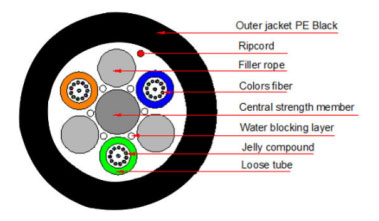
Here's an introduction to the key features and benefits of air blowing microfiber optic cables:
Small Diameter: Microfiber optic cables already have a small core diameter compared to traditional fiber optic cables, and when coupled with air blowing techniques, they can be installed into even smaller conduits or microducts.
Rapid Deployment: Air blowing allows for rapid deployment of microfiber optic cables, significantly reducing installation time compared to traditional methods. This is especially advantageous in urban environments or situations where time constraints are critical.
Reduced Installation Costs: By expediting the installation process, air blowing can help reduce labor costs associated with cable deployment. Additionally, it minimizes the need for manual handling of cables, which can decrease the likelihood of damage during installation.
Flexibility: The use of compressed air enables the cable to navigate bends and corners within ducts or microducts more easily. This flexibility makes it feasible to install cables in challenging environments or around obstacles without compromising performance.
High-Density Connectivity: Microfiber optic cables, combined with air blowing technology, enable high-density connectivity solutions. This is particularly valuable in applications such as data centers, where maximizing the number of connections in limited space is essential.
Future-Proofing: As demands for higher bandwidth and faster data transmission continue to grow, air blowing microfiber optic cables provide a future-proof solution by offering scalability and adaptability to evolving network requirements.
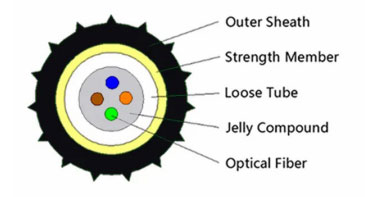
Overall, air blowing microfiber optic cables represent a cutting-edge solution for high-speed data transmission and telecommunications infrastructure, offering enhanced efficiency, flexibility, and cost-effectiveness in installation and deployment.

![]()
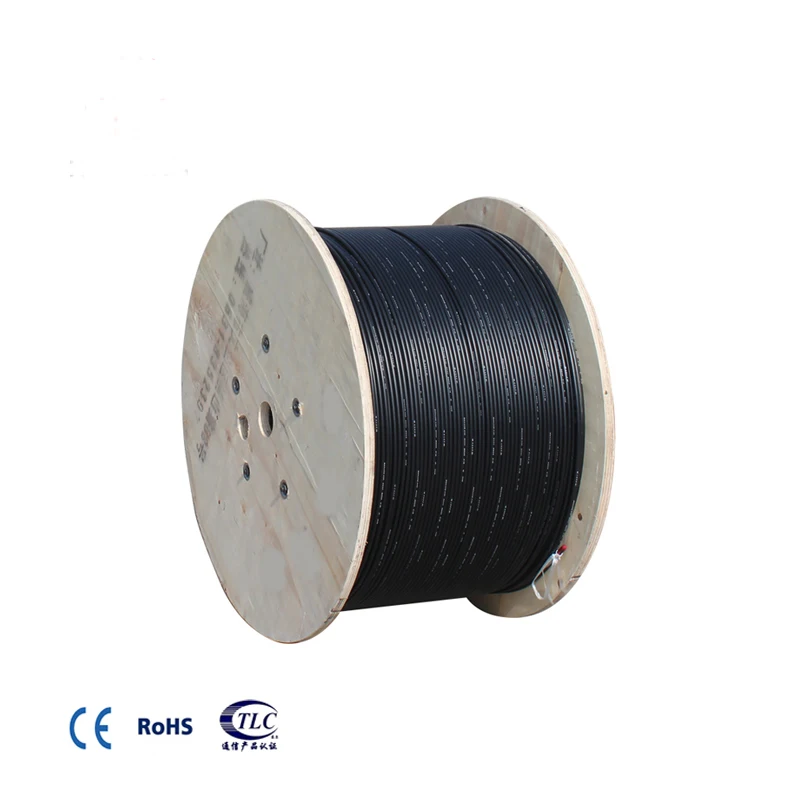
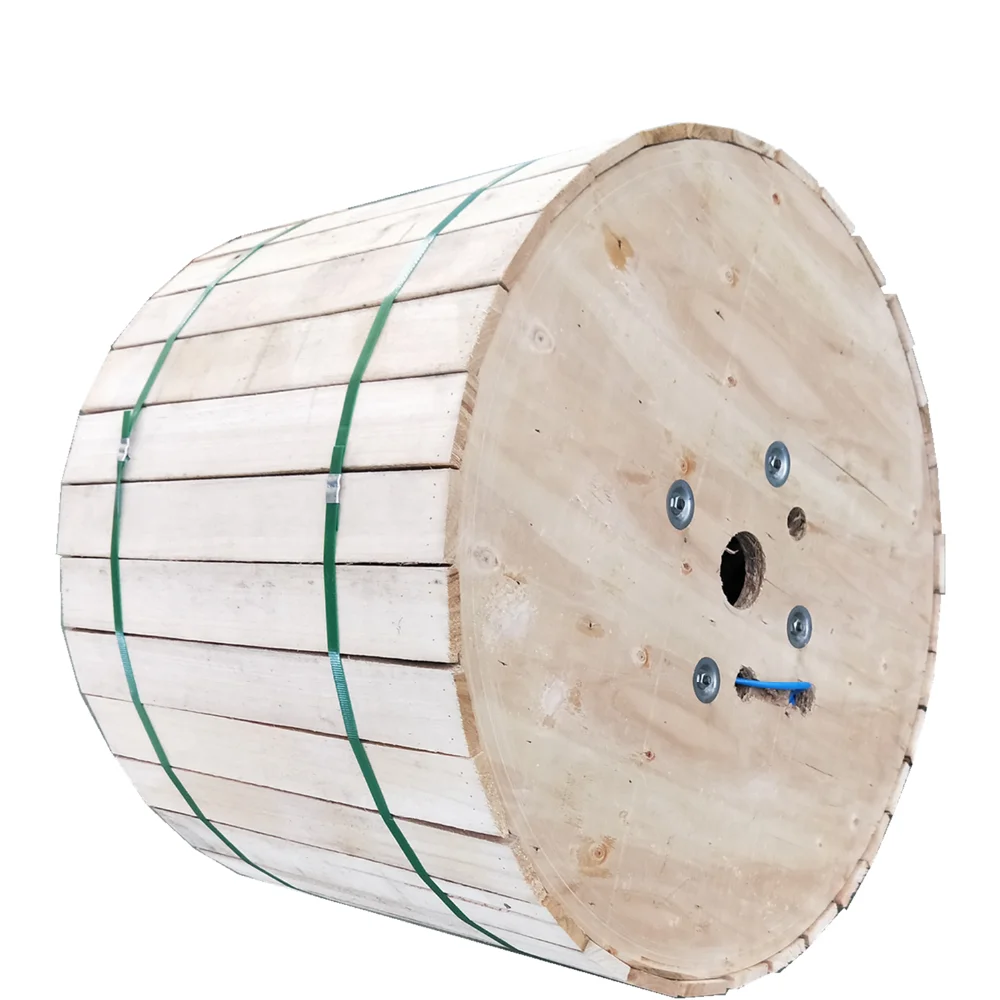
![]()
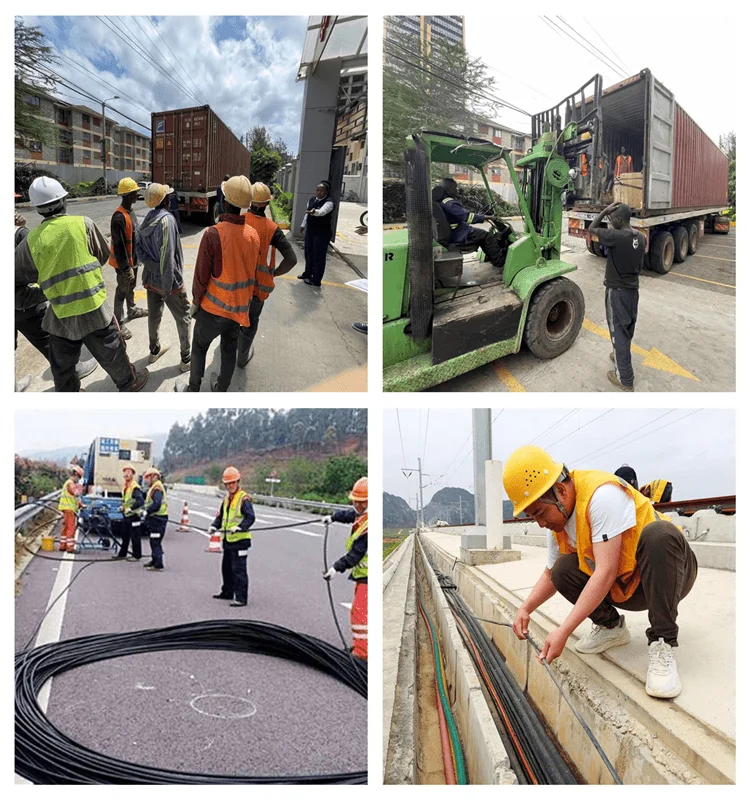
![]()
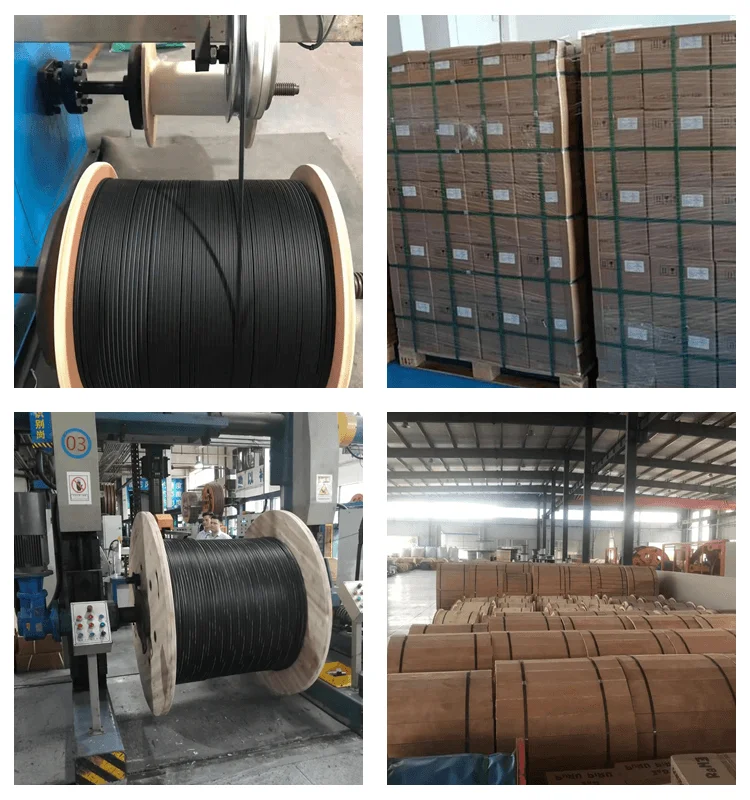

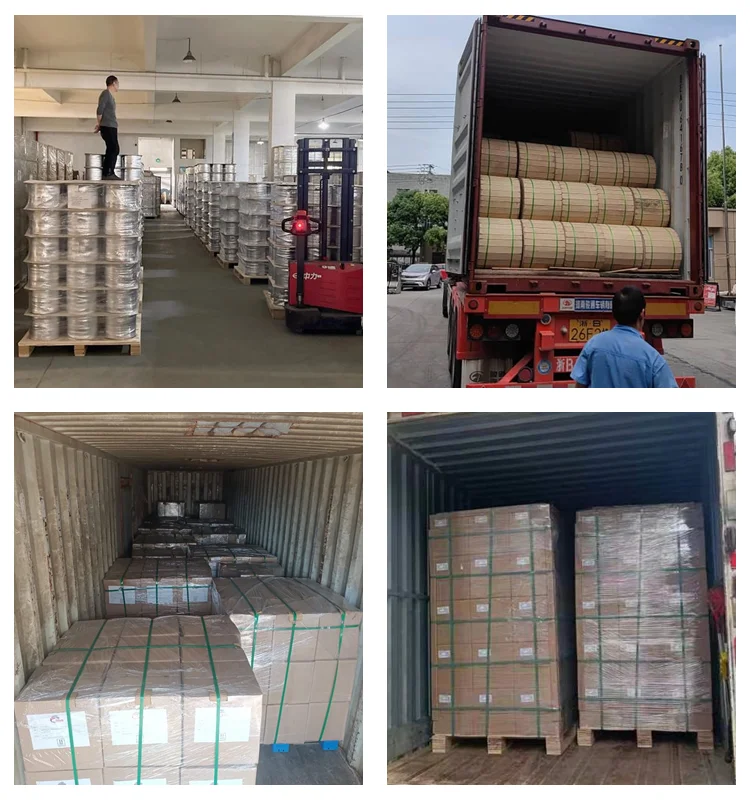

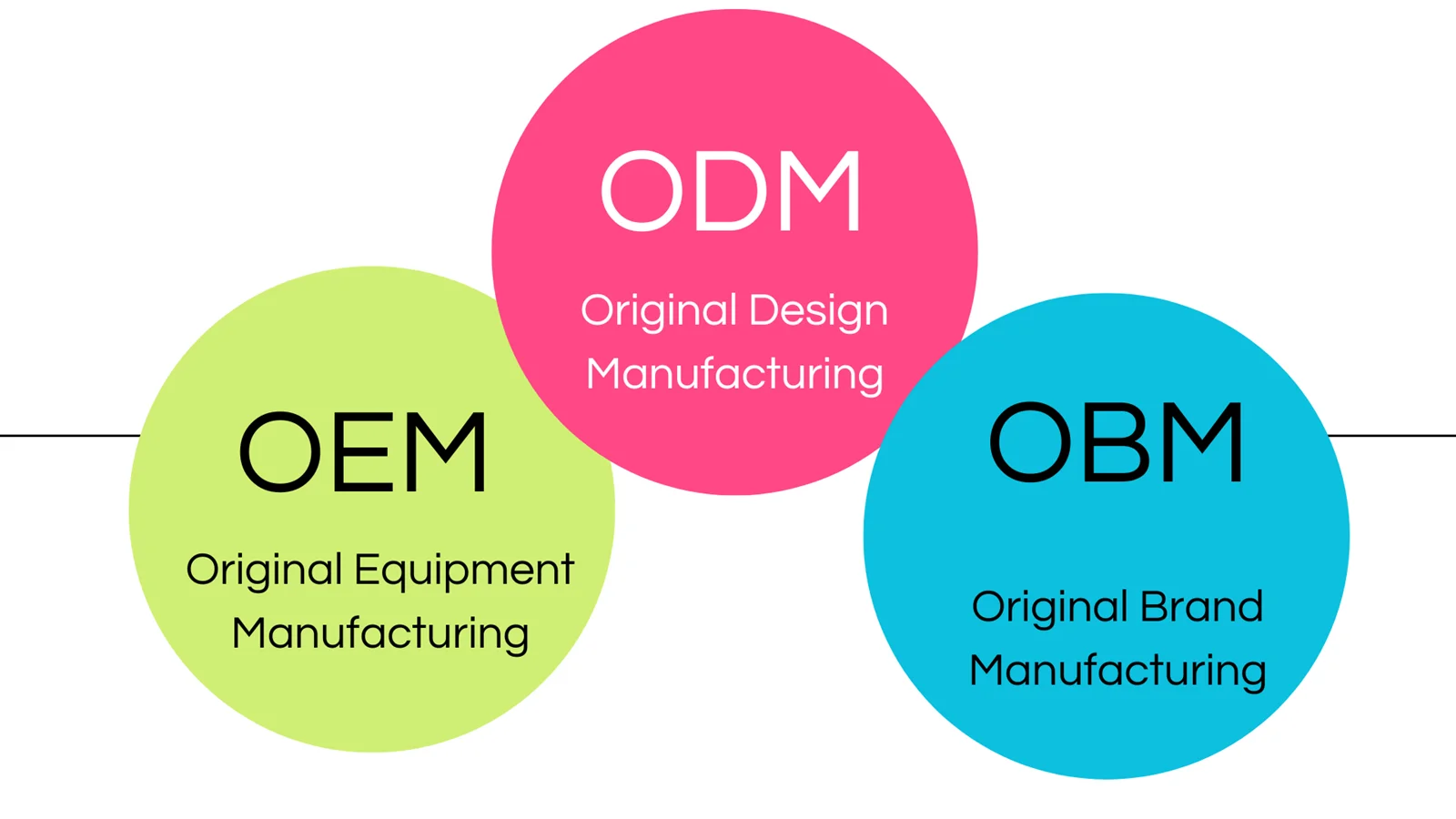

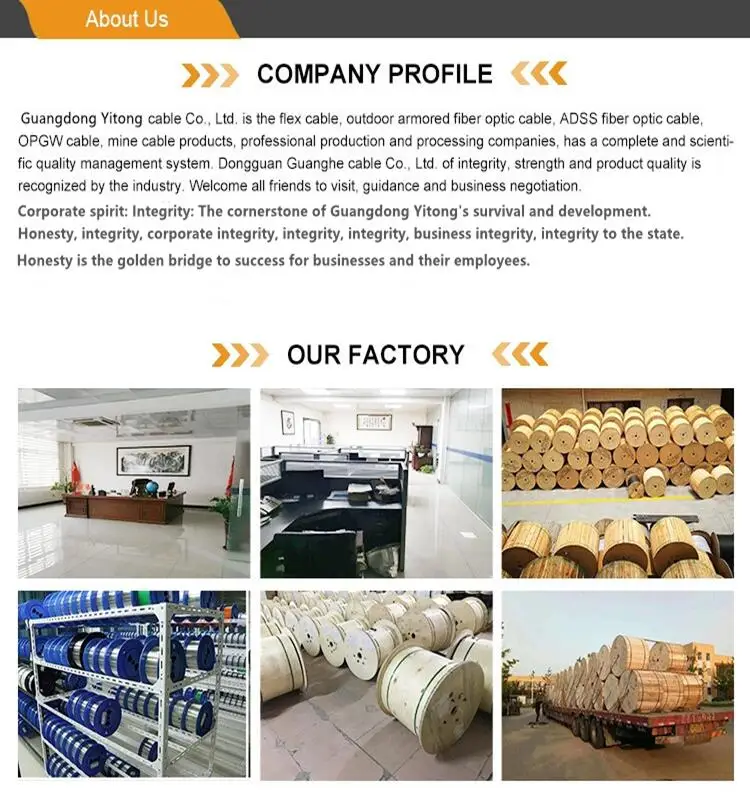
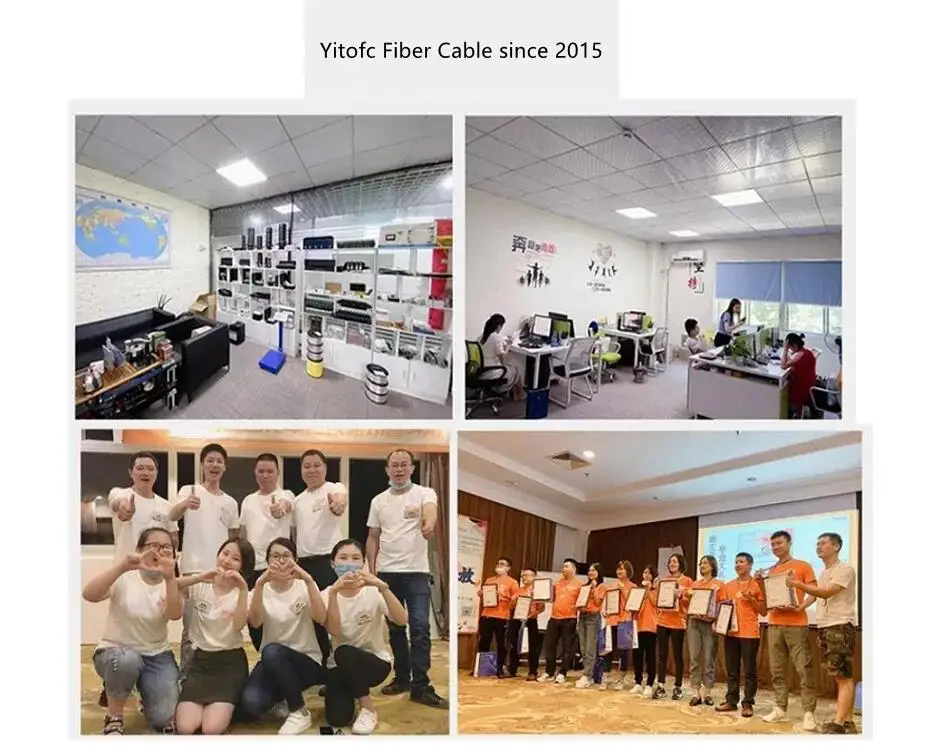
![]()
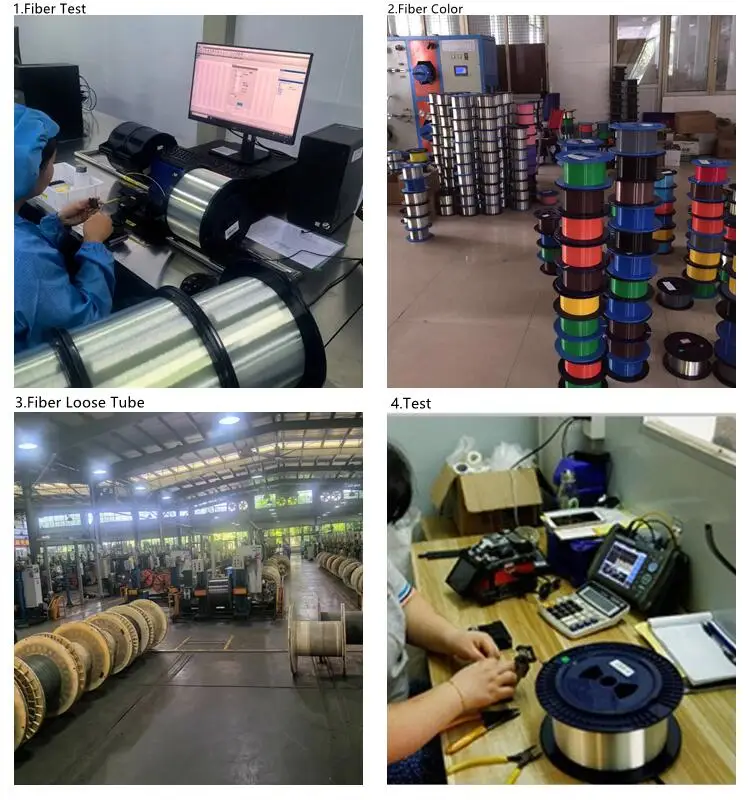
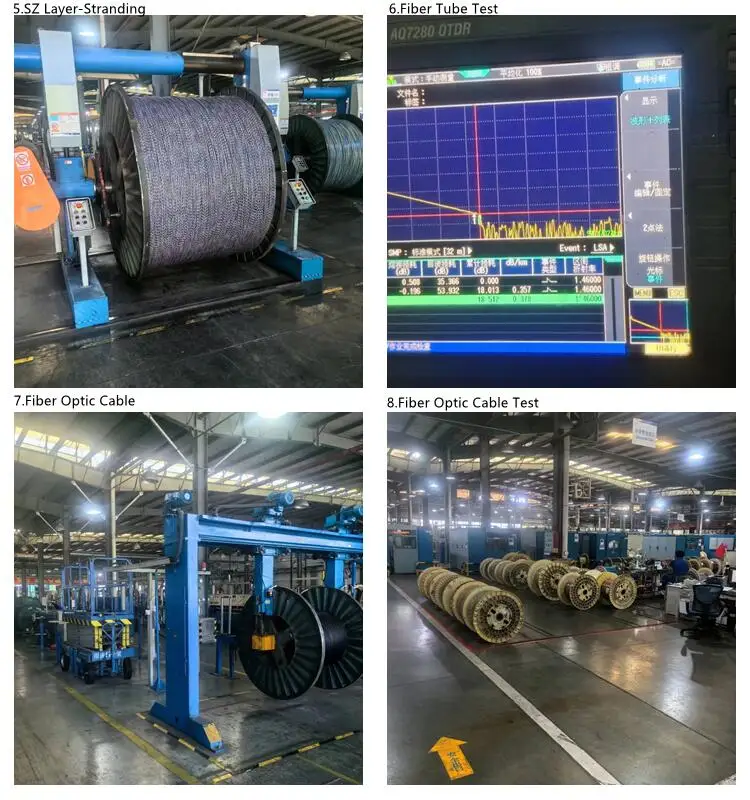
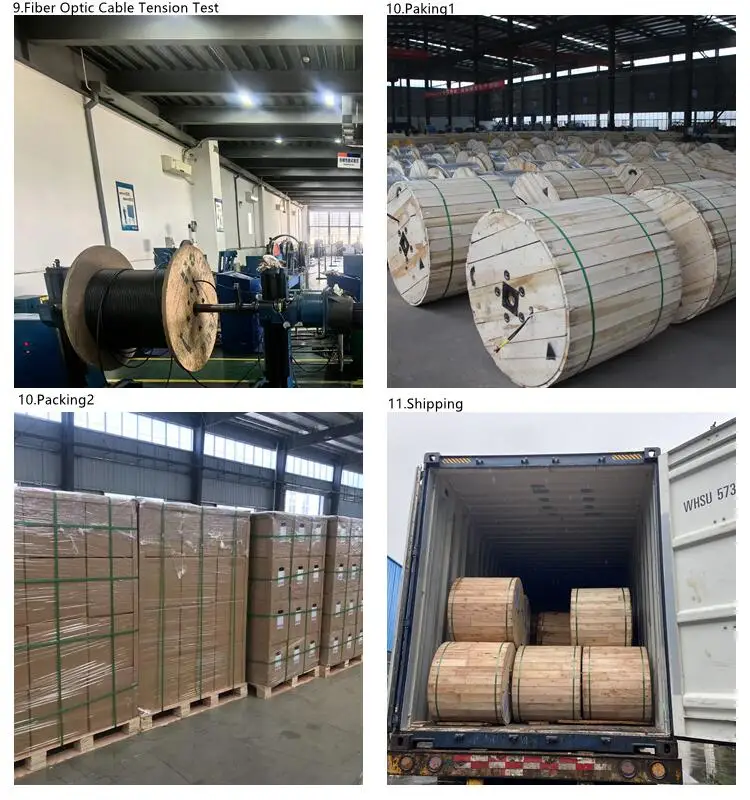
![]()
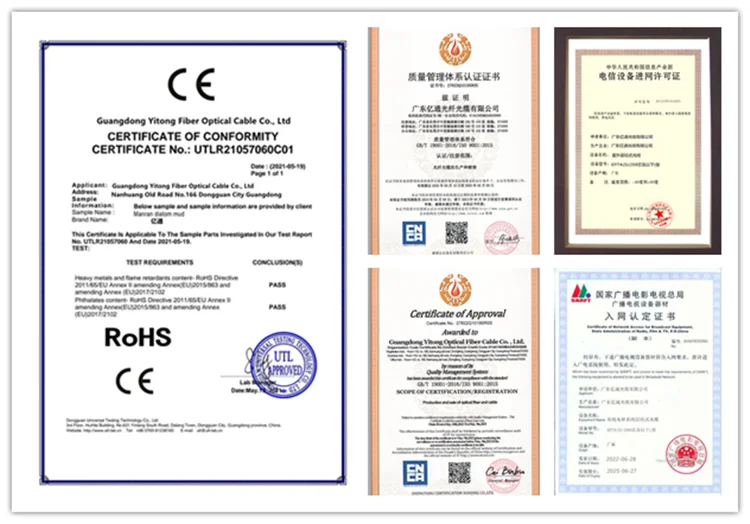
![]()



![]()
Q: Are you trading company or manufacturer ?
A: We are a OEM & ODM China manufacturer since 2015
Q: What is the MOQ
A: MOQ depends on our clients demands, we welcome trial order before mass production.
Q: How does your factory make sure the product quality?
A: First, we will prepare samples for approval, Second, after getting approvalled, our team will set up a process craft , and form a inside drawing to follow it.Third, durning production, we have IQC , IPQC and OQC to control the quality.Forth, We will final check before shipping to avoid any problem.
Q: What is your terms of payment ?
A: T/T, Ali-pay,West Union, Cash, Paypal, 30% T/T in advance ,balance before shippment etc.
Q:Wonder if you accept small orders?
A:Do not worry. Feel free to contact us .in order to get more orders and give our clients more convener ,we accept small order.
Q:Can you send products to my country?
A:Sure,we can.If you do not have your own ship forwarder, we can help you.
Q:Can you do OEM for me?
A: We accept all OEM orders,just contact us and give me your design.we will offer you a reasonable price and make samples for you ASAP.
Q: How can I place the order?
A: First sign the PI,pay deposit,then we will arrange the production.After finished production need you pay balance. Finally we will ship the Goods.
Q: When can I get the quotation ?
A: We usually quote you within 24 hours after we get your inquiry. If you are very urgent to get the quotation.Please call us or tell us in your mail, so that we could regard your inquiry priority.
Q: What is delivery time if we place an order?
A: It depends order quantities. Usually, We can deliver goods within 3-5 working days for small orders, for more QTY. order, Let's confirm when you place offical order
Contact: Allen
Phone: +86 18025260951
E-mail: allen@yitofc.com
Whatsapp:+86 18025260951
Add: No.166 Old Road Nanhuang Zhongtang Town Dongguan City Guangdong Province
We chat
